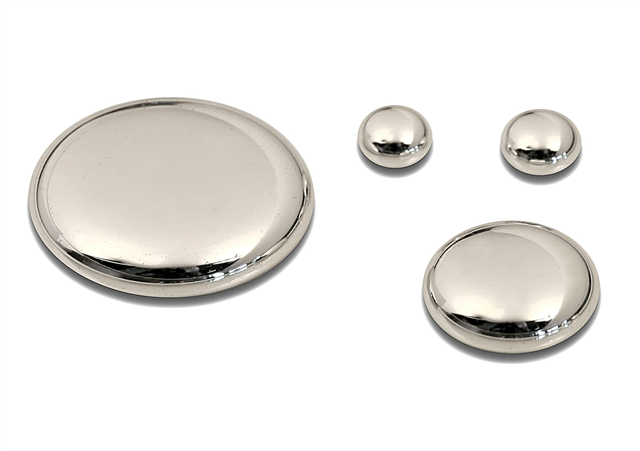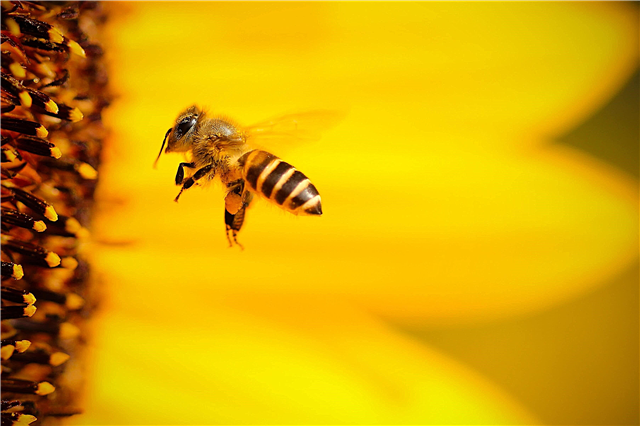
The leaves of most plants are able to curl - so they signal adverse conditions. But in any case, twisted leaves are a cry for help, regardless of whether it happened with tomatoes, with shrubs or with indoor plants on the windowsill.
It is worth considering the main reasons for curling the leaves - at least in order to find the best way to help the plant.
Reasons for curling leaves
Given that such problems with leaves arise as a reaction of the plant to the environment, it must be pointed out that practically all plants leaves curl at too low temperatures. If the leaves are curled in a thermophilic plant, which has fallen into inappropriate conditions, it is necessary to move it to a more comfortable place and treat it with any means that help against stress.
Too high temperatures also lead to curling of the leaves, as well as inadequate watering. Not only stress plays a role here - water evaporates through the leaves, its balance is not restored, which leads to wilting.
Parasites can also lead to twisting of leaves - it is necessary to carefully examine the affected plant for their presence. It is worth looking for concomitant symptoms that may indicate the presence of a disease.
Why do leaves of indoor plants curl?

If we talk about indoor plants that many people keep on window sills, then twisting is often observed from direct sunlight - especially if the pots are on the southern windows. In the north, the reverse process can be observed - twisting from the cold, if the frames are blown or windows are often open, or from a lack of sun. To eliminate such problems, it is necessary to select light-loving varieties for southern windows and shade-loving varieties for northern windows, and simply follow the recommendations for growing your chosen flowers.
It often happens that indoor plants come in contact with leaves with window glass, which leads to their twisting. Indeed, in the summer the glass can become very hot, in winter it is very cold. To prevent twisting from thermal shock, you should move the pots from the windows or place a light cloth, even paper, between the plants and the glass.
Twisting can also occur if an earthworm accidentally gets into a flower pot. It needs to be removed, the plant makes sense to transplant.
Why are leaves twisted in tomatoes, cucumbers and other crops?
Considering the option of placing plants in a greenhouse, it should be noted that the leaves can curl from excessive watering. If the earth is constantly wet, the roots simply cannot receive air, which leads to twisting. To avoid this, it is necessary to leave aerial roots above ground level, water reasonably, loosen the soil as necessary.
The issue of pests and diseases is relevant for absolutely all plants, fruit crops, shrubs, and even trees are no exception. Damaged leaves should be carefully examined, for any suspicion, as well as detecting traces of eating, it is worthwhile to process with modern drugs.
A viral disease can also lead to curling of the leaves, while the inflorescences will be deformed, and even new, recently appeared leaves will turn out to be curled or curly. Sick plants should be disposed of.
Interesting fact: but the main reason for curling leaves in cultivated plants is often another factor - too intensive application of potash fertilizers. These substances are necessary for the formation of a rich crop, but excessive application leads to undesirable results - plant tissues are deformed.
Thus, curling leaves in plants is a signal to pay attention to the conditions of their maintenance. Perhaps a violation of the temperature regime, even pouring cold water can cause a similar phenomenon. Sometimes it comes to pests, diseases. Each situation requires a separate consideration - there are many reasons for curling leaves.












